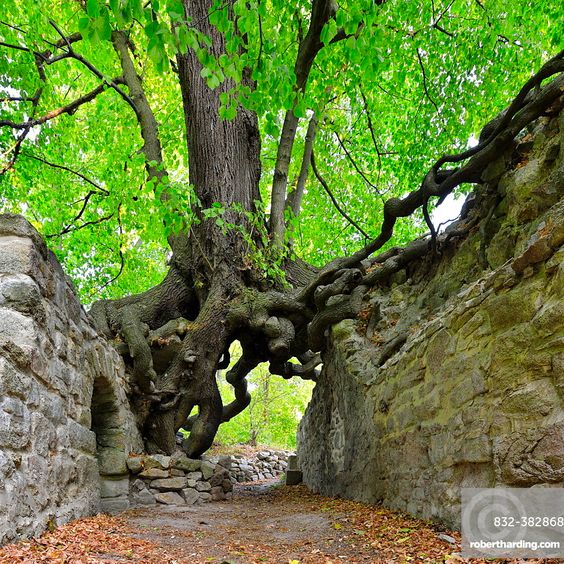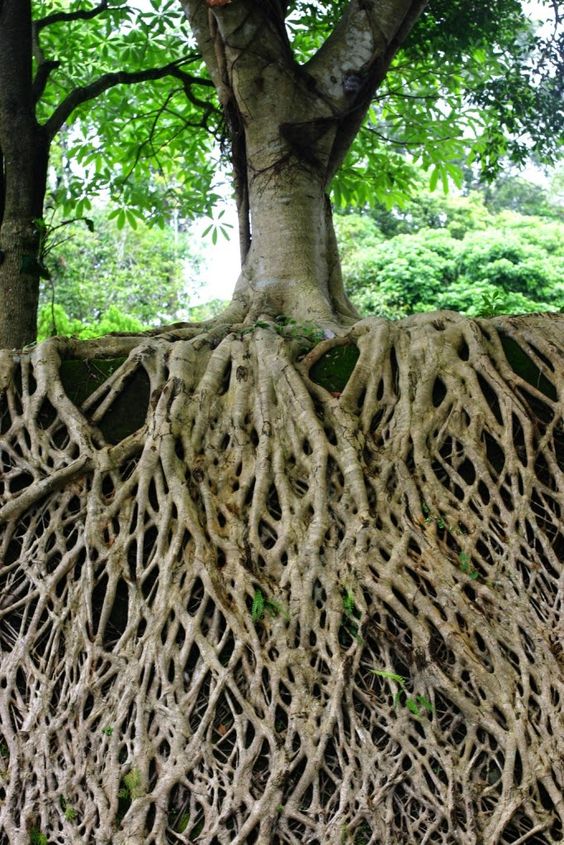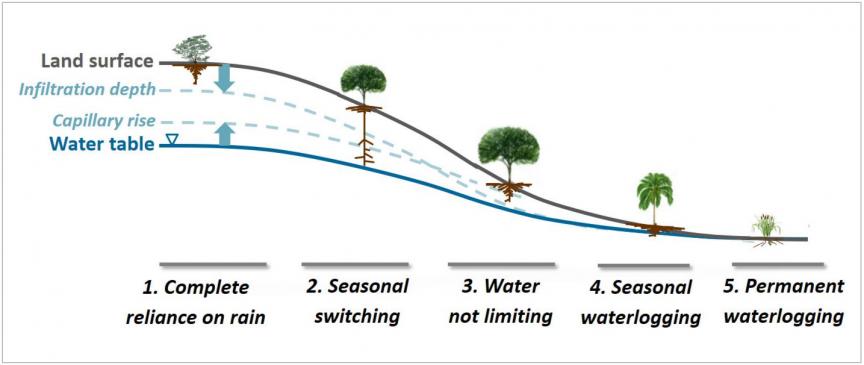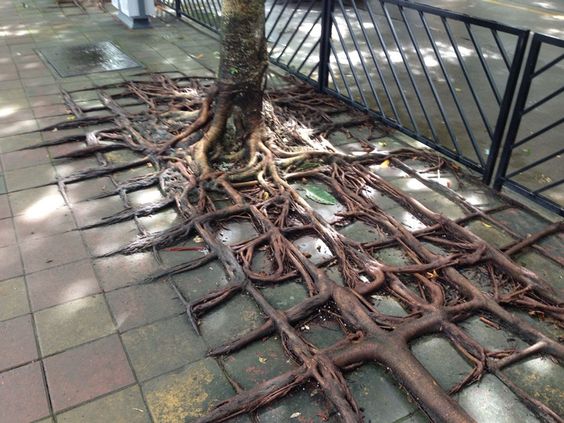Root Depth and Soil Conditions: Implications for Plant Adaptation to Climate Change.
The study’s findings reveal strong links between root depth and local soil and water conditions. In well-drained uplands, roots reach down to the level of rainwater and snowmelt infiltration. In waterlogged lowlands, roots stay shallow. In between, high growth rates and drought can send roots many meters down to the saturated zone just above the groundwater table.

The findings have important implications for the question of whether tree and other plant species will be able to adapt to and survive a changing climate through this century and beyond, Reinfelder said. In general, the odds appear favorable. Plants are typically adaptable, and deeper-rooted plants will have a greater advantage.

“Plants may be more resourceful and resilient to environmental stress and climate change than we previously thought, but only to a certain extent,” she said. “They can withstand a period of drought. But if the drought continues for a century, they’re not going to be able to cope with that.”

Plants can shift from unfavorable environments by moving downhill, where water is more abundant, she noted. They do so by shedding seeds, with the ones making it to wetter lower elevations surviving.

The Reinfelder-led global study covers 2,200 observations of the roots of more than 1,000 species in all the major plant groups, including trees, grasses, shrubs, herbaceous plants and succulents.

A next step is to study and project the drought resilience of the world’s greatest forest – the Amazon rain forest – by the end of this century, given its trees’ deep roots, Reinfelder said.

“We need to invest in understanding the below-ground half of the ecosystem,” she said. “It’s dark. It’s opaque, but it holds the key to many questions, and the scientific community needs to shed some light there.”





